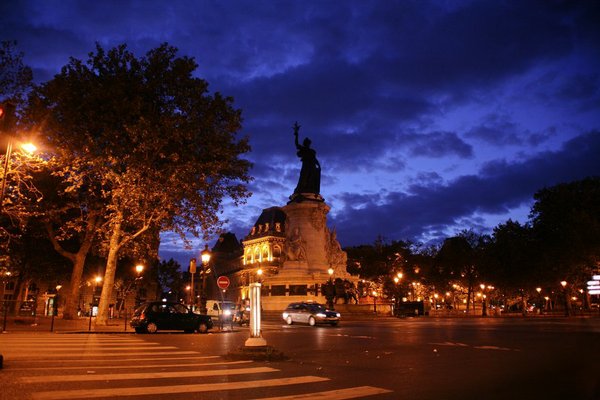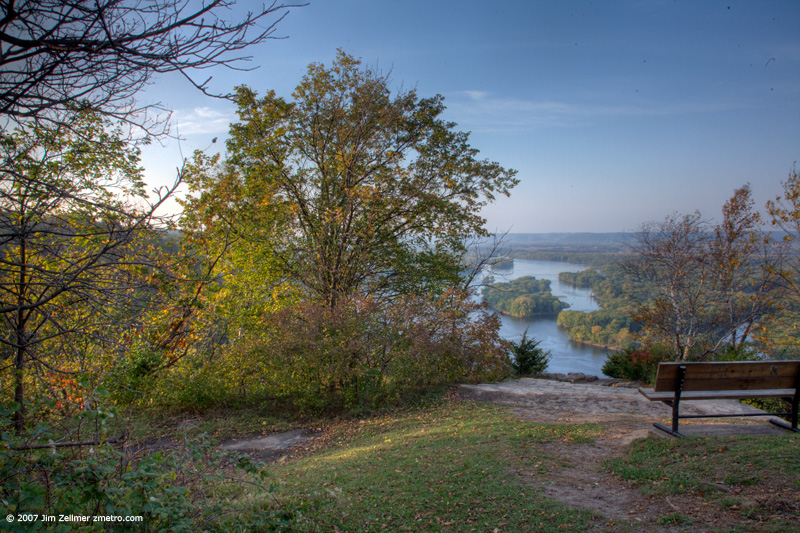1. A Salinas storyteller’s tale
NATIONAL STEINBECK CENTER
Salinas, Monterey County
It is always a challenge to commemorate a life, never mind a writer’s life. Unlike museums devoted to sports legends or war heroes, a museum that honors a man of arts and letters must reflect his quiet, solitary pursuit. Which is to say that such a repository may be unbearably dull. How delightful, then, is the National Steinbeck Center at the end of Salinas’ Main Street, a place whose undercurrents deliver shock after tiny shock — here an arc of unknown history, there a jolt of social commentary. The museum is just a couple of blocks from where townspeople burned Steinbeck’s books, enraged at his perceived betrayal of them and agriculture, the economic star then and now ($3.5 billion worth of crops in 2006) of Monterey County’s show. Never mind that he was a hometown boy — you can see his Victorian birthplace just up the street from the museum and have lunch there — he was Judas to the growers and landowners portrayed unsympathetically in “Grapes of Wrath” and “East of Eden.” The modern-looking center may seem incongruous with the unpretentious persona of the author, whose work won Pulitzer and Nobel prizes. But like his books, it shines a light on the issues, using film clips and displays that are muted set pieces, occasionally somber but never dull. To see this place and the fields that surround Salinas is to understand that Steinbeck’s so-called Valley of the World is really the Heart of California.
Category: Travel
Flying the Ultra No-Frills Airline
Passengers departing on Skybus Airlines from Columbus, Ohio, walk out of a brand new terminal and traipse across the tarmac to board their planes. In some cities, travelers fetch their own luggage off luggage carts. The airline has no telephone number that customers can call.
With fares starting at $10 one-way, do you expect more?
Skybus Airlines Inc., now six months old, brings a new level of bare-bones service — and very affordable prices — to the U.S. skies. The carrier also raises the question of just how cheap U.S. travelers will go to travel. So far, many seem to be willing to go very cheap. At a time when bus companies and Amtrak struggle to attract customers, and many travelers still gripe about the loss of in-flight meals and the addition of so many airline fees, Skybus filled more than 80% of its seats all summer.
Angkor: When It Rains, You Score
Rain was lashing against the side of the plane as we broke through the clouds. Below us, Cambodia stretched out like a perfect disaster: fields flooded to the horizon, palm trees whipped by the wind, a sky so dark and heavy it seemed about to collapse. As we dropped closer, we caught a glimpse of two people pushing a truck through knee-deep water, struggling to keep from being washed away.
“It’s fantastic!” I said to my wife, whose hand was clamped on mine in a vise-like grip. “It looks like we timed this perfectly!”
We’d come to Cambodia to see the famous temples of Angkor, those magnificent ruins that make up one of the most extraordinary landscapes in Asia, if not the world. And we’d come in July — in the heart of the monsoon, which sensible people had told us was pure madness. Wait until the dry season, they said, when the skies are clear and you’re guaranteed as much sunshine as you can handle. Go during the long, wet summer — when more than 50 inches of rain falls — and you’re certain to get stranded in your hotel, swatting at mosquitoes and hoping you don’t come down with malaria.
Hanoi: Temple of Literature

More photos and links here.
Fall Colors: Upper Mississippi Valley
The Need for New Maps

If it were not for Rand McNally, I wouldn’t know I was in Europe, separated by an ocean from my family and friends. As far as I’m concerned, the urban culture of Berlin is closer to the culture of New York City than it is to, say, the German hinterland, to say nothing of the American hinterland. It is only through a certain way of looking at the world — from the privileged view of the orbiting satellite, in this case — that it appears the way it does. Our traditional maps, from the rough sketches of the Middle Ages to the latest map/satellite hybrids of Google, place geographic proximity above all other considerations in terms of importance.
But what about cultural proximity? Lifestyle proximity? “Energetic” proximity? What about the fact that I can take a direct flight (more or less) to any world capital, but to get to a mid-sized city in the States, I have to take two or three? It costs more money and takes more time to get from Denver to Upstate New York than it does from Denver to Amsterdam, Paris, or Milan — wouldn’t that make Denver CLOSER to the European capitals than it is to small cities in its own nation? That is my contention.
Lonely Planet Releases Afghanistan Travel Guide
See where the retreating British Army was massacred! Marvel at Osama bin Laden’s old Tora Bora bunker! Gaze upon the crater where the giant Buddha statues of Bamiyan stood before the Taliban blew them up!
Or maybe not. Tourism in Afghanistan, it’s safe to say, is a tough sell these days. Nobody is touting it as “the new Croatia.” Kabul and Kandahar never figure in the hunt for “the next Prague.” And don’t look for the war-ravaged country in the next installment of “Where in the World Is Matt Lauer?”
All of which makes Lonely Planet’s new Afghanistan guidebook the most eyebrow-raising title of the year.
The 244-page guide contains all the usual write-ups of mosques, mountains and museums, plus colorful maps and 17 pages of enticing photographs. But turn to the “Dangers & Annoyances” section, and instead of the usual cautions about bedbugs and pickpockets you find a warning about “the danger of an insurgency in the south, plus warlordism and terrorist violence in some other parts of the country.”
Opus on Air Travel
Classic Opus Cartoon.
France & America

Paris Sunrise: August 2007 (taken while zooming around in a Paris cab driven by a former exchange student – who spent a year on a Iowa dairy farm).
Interesting interview with French President Nicolas Sarkozy:
“I want to tell the American people that the French people are their friends,” he said. “We are not simply allies. We are friends. I am proud of being a friend of the Americans. You know, I am saying this to The New York Times, but I have said it to the French, which takes a little more courage and is a little more difficult. I have never concealed my admiration for American dynamism, for the fluidity of American society, for its ability to raise people of different identities to the very highest levels.”
Mr. Sarkozy, who has been accused of being too enamored of all things American, said he considered France and the United States to be on equal footing and somehow better than many others, because they believe that their values are universal and therefore destined to “radiate” throughout the world. The Germans, the Spaniards, the Italians, the Chinese, by contrast, do not think that way, he said.
I had an opportunity to visit with a French Foreign Legion officer while on travel. This man mentioned that he had served with Americans in many places, including Afghanistan, Bosnia and other locales. I asked him for an impression of America after these interactions (he’s also travelled to the states with family): Resources. He said that when the Americans arrive, they always seem to have incredible resources. An well equipped base can be in service within “days”.
Travel Nightmare
I don’t normally post personal items, but I think that everyone should know about some of the horrible things happening at San Diego International Airport and with Delta Airlines. I wrote this immediately after the events that transpired so that I would have an accurate log.
Summers are the busiest travel time of the year. Each year more than 750 million passengers move through our country’s airports raking up more than 800 billion miles of travel. (Source) Along with the increase in demand, air travel complaints are up as well. (Source PDF)
Now, we all know this year has been a special one for the airlines and air travel as a whole. From the JetBlue hostage crisis, the terrorist “dry runs” on airport security around the country, and the most recent debacle on Southwest Airlines where they asked a woman to cover up because of her lewd attire.
Also, after learning about Xeni’s experiences, reading Bruce’s article, I decided to post this. Here we go!
